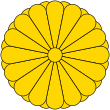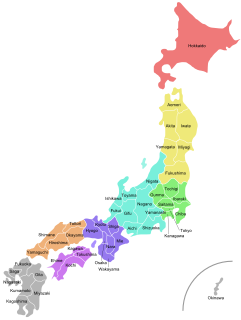
General elections were held in Japan on 20 February 1928, the first after the introduction of universal male suffrage. The ruling Rikken Seiyūkai led by Prime Minister Tanaka Giichi won one more seat than the opposition Rikken Minseitō led by Hamaguchi Osachi, although Rikken Minseitō had received slightly more votes. The hung parliament led to the Tanaka government continuing in office.

General elections were held in Japan on 10 May 1924. No party won a majority of seats, resulting in Kenseikai, Rikken Seiyūkai and the Kakushin Club forming the country's first coalition government led by Katō Takaaki.
General elections were held in Japan on 20 February 1936. Rikken Minseitō emerged as the largest party in the House of Representatives, winning 205 of the 466 seats.
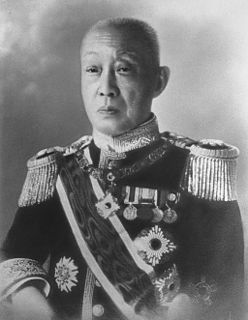
General elections were held in Japan on 1 March 1903. The Rikken Seiyūkai party remained the largest in the House of Representatives, winning 175 of the 376 seats, but lost its majority.

General elections were held in Japan on 15 May 1908. The result was a victory for the Rikken Seiyūkai party, which won 187 of the 379 seats.

General elections were held in Japan on 10 May 1920. The result was a victory for the Rikken Seiyūkai party led by Hara Takashi, which won 278 of the 464 seats.

General elections were held in Belgium on Tuesday 14 June 1892, the first full general elections since 1870 and the last before the introduction of universal male suffrage prior to the 1894 elections. The result was a victory for the Catholic Party, which won 92 of the 152 seats in the Chamber of Representatives and 46 of the 76 seats in the Senate. Only 2.2% of the country's population were eligible to vote.

Partial general elections were held in Belgium on 8 June 1852. In the elections for the Chamber of Representatives the result was a victory for the Liberal Party, who won 57 of the 108 seats. Voter turnout was 69.2%, although only 42,053 people were eligible to vote.

Partial general elections were held in Belgium on 12 June 1866. In the elections for the Chamber of Representatives the result was a victory for the Liberal Party, which won 70 of the 122 seats. Voter turnout was 70%, although only 51,465 people were eligible to vote.

Partial general elections were held in Belgium on 8 June 1886. In the elections for the Chamber of Representatives the result was a victory for the Catholic Party, which won 98 of the 138 seats.

Partial general elections were held in Belgium on 10 June 1890. In the elections for the Chamber of Representatives the result was a victory for the Catholic Party, which won 94 of the 138 seats.

Partial general elections were held in Belgium on 14 June 1859. The result was a victory for the Liberal Party, which won 69 of the 116 seats in the Chamber of Representatives and 31 of the 58 seats in the Senate. Voter turnout was 55.9%, although only 49,672 people were eligible to vote.

Partial general elections were held in Belgium on 9 June 1863. The result was a victory for the Liberal Party, which won 59 of the 116 seats in the Chamber of Representatives and 33 of the 58 seats in the Senate. Voter turnout was 74.5%, although only 52,519 people were eligible to vote.
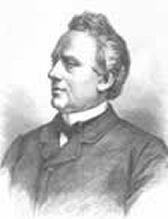
Partial general elections were held in Belgium on 11 June, 18 June and 15 July 1878. The result was a victory for the Liberal Party, which won 72 of the 132 seats in the Chamber of Representatives and 36 of the 66 seats in the Senate. Voter turnout was 62.5%, although only 56,640 people were eligible to vote.

Partial general elections were held in Belgium on 13 June 1882. The result was a victory for the Liberal Party, which won 79 of the 138 seats in the Chamber of Representatives and 37 of the 69 seats in the Senate. Voter turnout was 75.1%, although only 55,517 people were eligible to vote.

Elections to the Upper House of the Althing were held in Iceland on 15 June 1930. Following reforms in 1915, the six seats in the Upper House appointed by the monarch were abolished, and replaced with six elected seats. The seats were elected by proportional representation at the national level, using the D'Hondt method. The remaining eight seats were elected along with the Lower House. This was the last election solely for the Upper House, as from 1934 onwards all Upper House members were elected together with the Lower House.

General elections were held in Japan on 20 April 1917. The Rikken Seiyūkai party led by Hara Takashi emerged as the largest party in the House of Representatives, winning 165 of the 381 seats.
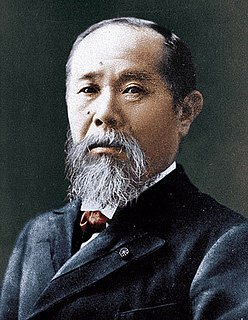
General elections were held in Japan on 10 August 1902. The result was a victory for the Rikken Seiyūkai party, which won 191 of the 376 seats.

General elections were held in Japan on 15 May 1912. The result was a victory for the Rikken Seiyūkai party, which won 209 of the 381 seats.

General elections were held in Japan on 25 March 1915. The Rikken Dōshikai party emerged as the largest party in the House of Representatives, winning 153 of the 381 seats.
